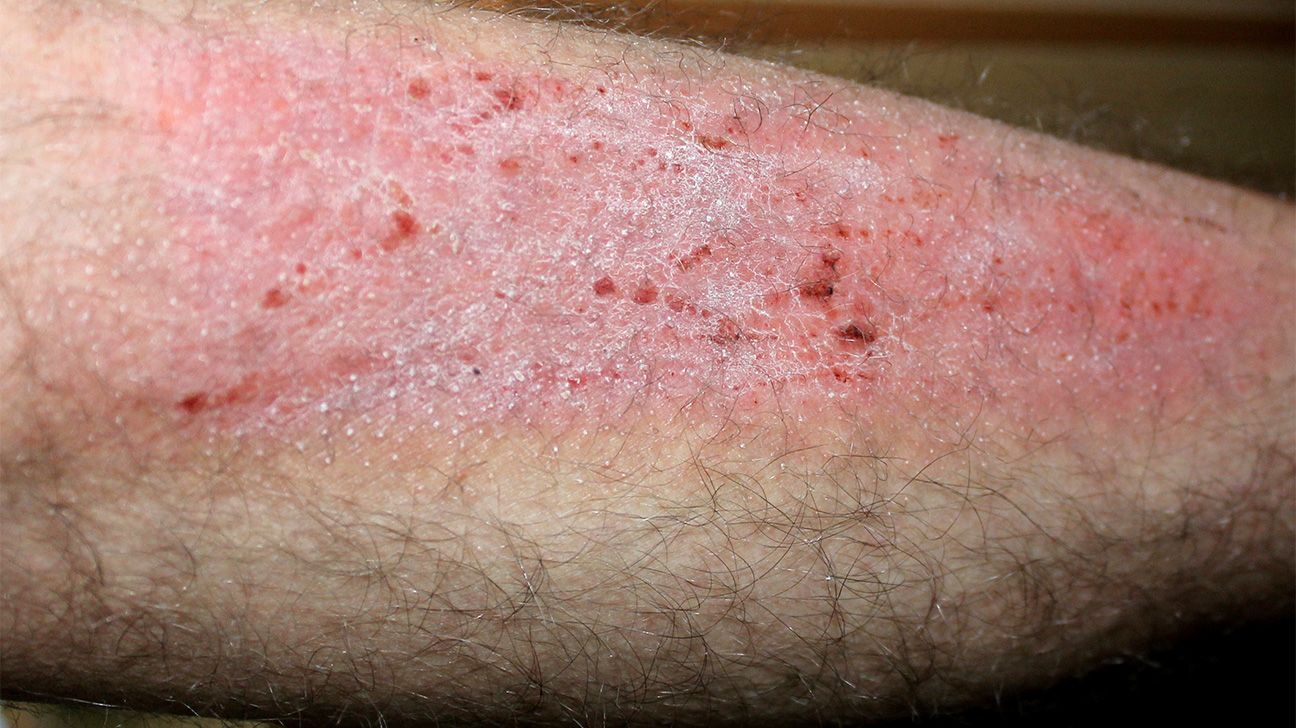Neurodermatitis is often associated with children, but adults can experience their first outbreak later in life. The timing of the initial outbreak can significantly impact the course of the disease.

Neurodermatitis can affect all ages
Although neurodermatitis typically appears in infancy or early childhood, adults are not immune to this chronic skin condition. Approximately 15% of children experience neurodermatitis at some point. While the condition often fades over time, some individuals continue to suffer from it well into adulthood. In rare cases, adults experience neurodermatitis for the first time later in life, and this can be especially challenging.
The timing of the first outbreak is crucial
According to the Institute for Quality and Efficiency in Health Care (IQWiG), the age at which neurodermatitis first appears plays a significant role in determining the disease’s duration. Generally, the younger the patient, the shorter the course of the illness. For instance, half of the children who develop neurodermatitis within their first year of life recover within three years. In older children, it often takes longer for the condition to subside, though it eventually disappears in most cases.
However, some patients may never fully outgrow the itchiness and irritation, or they may experience a sudden recurrence after many years of remission. Munich-based dermatologist Christoph Liebich from the German Association of Dermatologists (BVDD) explains that this recurrence isn’t due to improper management but rather a matter of bad luck.
Adult neurodermatitis can be severe
Similar to other childhood illnesses, neurodermatitis in adults tends to be more severe. The German Skin and Allergy Association (DHA) notes that affected adults often experience large areas of inflamed skin accompanied by intense itching. The severity of the condition can vary over time, with periods of improvement followed by flare-ups.
The causes of adult-onset neurodermatitis remain unclear, though factors such as hormonal changes with age and a decline in the skin’s protective barrier are suspected. Studies also suggest a link between long-term exposure to environmental pollutants and neurodermatitis, especially in cases where there is no family history of the disease.
Managing flare-ups and preventing triggers
While neurodermatitis cannot be cured, proper management is essential to minimize its impact. According to Dr. Liebich, those who have learned to manage the disease can better cope with its symptoms and reduce the severity of flare-ups. Ideally, triggers like stress should be identified and avoided, though effective coping mechanisms vary from person to person. Some may find meditation helpful, while others might prefer yoga or regular physical activity.
In addition to avoiding stress, maintaining a good skincare routine is critical. People with neurodermatitis are more prone to allergies and other skin issues, such as dry skin during winter. For adults, dealing with neurodermatitis may require changes in skincare habits, as favorite products might become ineffective or even harmful. The DHA advises adjusting moisturizing routines as needed, and consulting a doctor to determine the most suitable treatments.
It’s important for neurodermatitis patients to act quickly at the first sign of a flare-up. Dr. Liebich emphasizes the need to use prescribed medications immediately, instead of hoping the symptoms will disappear on their own. This proactive approach can help control the disease and improve quality of life.





